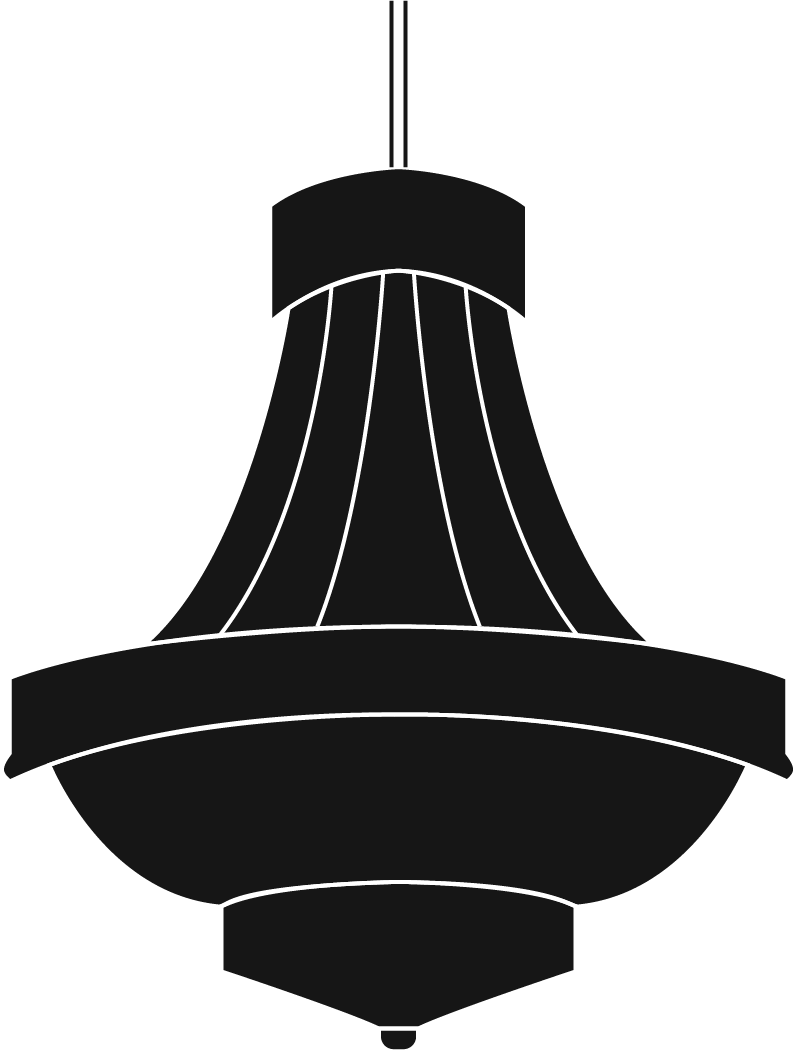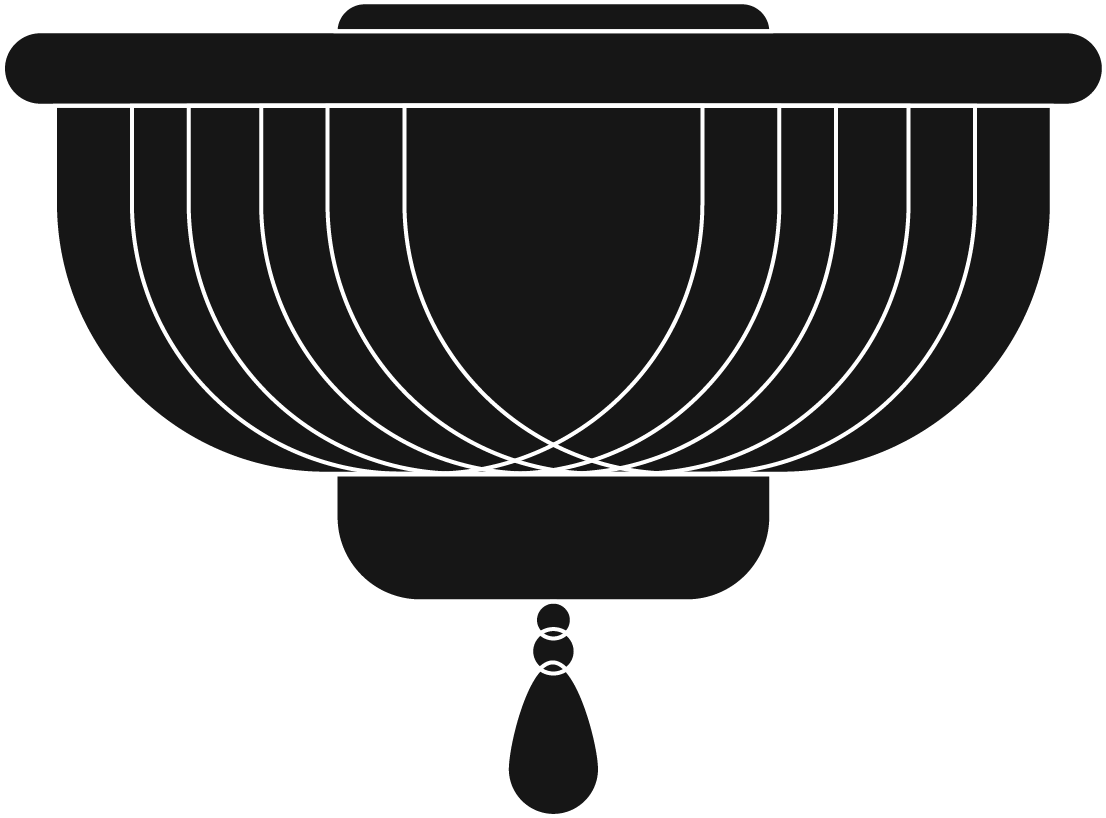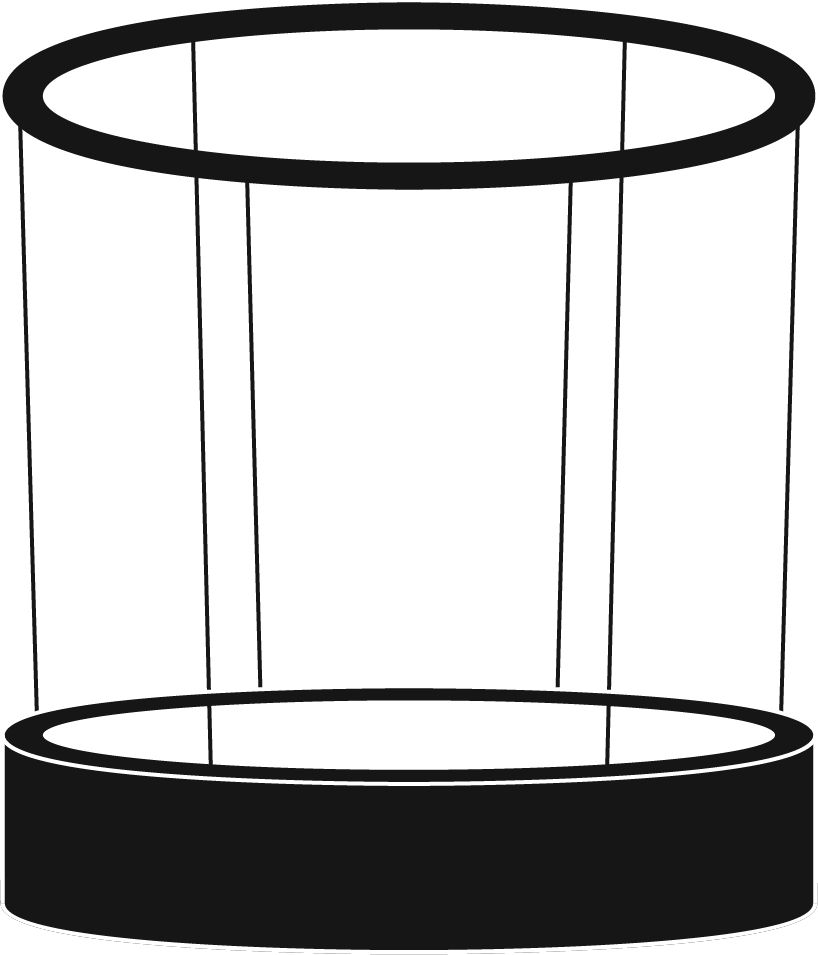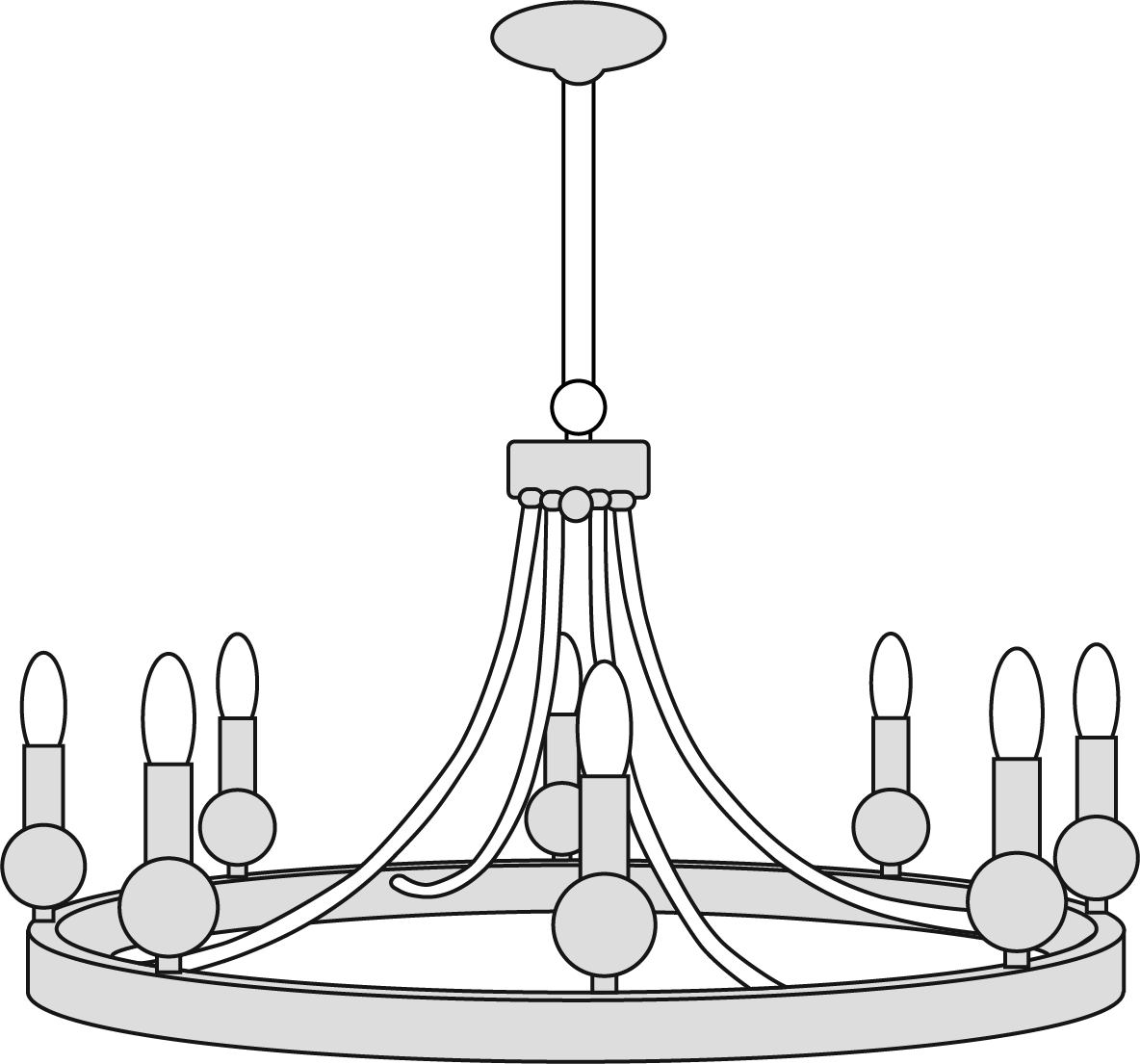Collection: LED Candle Bulbs
-
Warm White (3000k) LED - FLICKER FREE 4 Watt Candle Bulb E14 Socket - Dimmable Fancy Tip
![]()
- Regular price
- $18.00
- Sale price
- $18.00
- Regular price
-
$0.00 - Unit price
- per
Sold out -
Natural White (4000k) LED - FLICKER FREE 4 Watt Candle Bulb E14 Socket - Dimmable Fancy Tip -
![]()
- Regular price
- $18.00
- Sale price
- $18.00
- Regular price
-
$0.00 - Unit price
- per
Sold out
ARE LED-BULBS BETTER?
Customers buy LED bulbs for several reasons, as LED (Light Emitting Diode) technology offers numerous advantages over traditional incandescent or fluorescent lighting options. Here are some key reasons why customers choose LED bulbs:
Energy efficiency: LED bulbs are highly energy-efficient, converting a significant portion of electrical energy into light rather than heat. They consume less electricity compared to incandescent or fluorescent bulbs, resulting in lower energy bills and reduced environmental impact.
Long lifespan: LED bulbs have an exceptionally long lifespan compared to other lighting options. They can last significantly longer, typically ranging from 20,000 to 50,000 hours or even more, depending on the specific bulb. This reduces the frequency of bulb replacements, saving money and reducing waste.
Durability: LED bulbs are durable and resistant to shocks, vibrations, and temperature variations. They are built with solid-state technology and do not contain fragile components like filaments or glass tubes, making them more robust and reliable.
Brightness and color options: LED bulbs offer a range of brightness levels and color options. They can produce bright and focused light, making them suitable for various applications, from general lighting to accent or task lighting. Additionally, LEDs can be manufactured to emit different colors, allowing for dynamic and customizable lighting setups.
Environmental friendliness: LED bulbs are considered more environmentally friendly due to their energy efficiency and long lifespan. They contribute to reduced greenhouse gas emissions and lower electricity consumption. Furthermore, LEDs do not contain hazardous substances like mercury, which is found in some other lighting technologies.
Instantaneous illumination: LED bulbs provide instant full brightness as soon as they are switched on, unlike certain other types of bulbs that require warm-up time.
Dimmability: Many LED bulbs are dimmable, allowing users to adjust the light intensity according to their preferences and needs.
While LED bulbs often have a higher upfront cost compared to traditional bulbs, the long-term cost savings, energy efficiency, and durability make them a popular choice for customers.
Why customers buy LED bulbs:
Energy efficiency: LED bulbs are known for their energy efficiency. They consume significantly less electricity compared to traditional incandescent bulbs, resulting in lower energy bills and reduced environmental impact. Customers appreciate the long-term cost savings and the environmental benefits of using energy-efficient lighting.
Long lifespan: LED bulbs have a much longer lifespan compared to incandescent and fluorescent bulbs. They can last for tens of thousands of hours, which means customers don’t have to replace bulbs as frequently. This saves money and reduces the hassle of constantly buying and changing bulbs.
Cost savings: Although LED bulbs may have a higher upfront cost than traditional bulbs, their long lifespan and energy efficiency result in significant cost savings over time. Customers understand that
the initial investment pays off in the form of reduced energy bills and fewer replacements.
Environmental friendliness: LED bulbs are environmentally friendly in multiple ways. They consume less energy, reducing greenhouse gas emissions associated with electricity production. LED bulbs also don’t contain hazardous materials like mercury, which can be found in some other types of bulbs. Customers who prioritize sustainability appreciate the eco-friendly aspects of LED lighting.
Quality of light: LED bulbs offer high-quality light output. They can provide bright, focused illumination and are available in various color temperatures, allowing customers to choose the lighting ambiance that suits their needs. LED bulbs also have excellent color rendering properties, making colors appear more accurate and vibrant.
Instant and flicker-free illumination: LED bulbs provide instant illumination without any warm-up time. They turn on at full brightness immediately, which is convenient for customers who want immediate light. LED bulbs also don’t produce noticeable flickering, contributing to a more comfortable and pleasant lighting experience.
Design versatility: LED technology allows for compact bulb designs and flexible form factors. LED bulbs are available in various shapes, sizes, and styles, making them suitable for a wide range of lighting fixtures and applications. Customers appreciate the design versatility and the ability to find LED bulbs that fit their specific lighting needs.
When choosing the right LED bulb, consider the following factors:
Lumens and brightness: Look for the lumens rating on the packaging, which indicates the brightness of the bulb. Consider the desired brightness level for the intended space or purpose. For reference, a 60-watt incandescent bulb is roughly equivalent to 800 lumens.
Color temperature: LED bulbs come in different color temperatures, measured in Kelvin (K). Lower Kelvin values (e.g., 2700K-3000K) produce warm or soft white light, similar to traditional incandescent bulbs. Higher Kelvin values (e.g., 5000K-6500K) produce cooler or daylight white light. Choose the color temperature that matches your preference and the ambiance you want to create.
Energy efficiency: Check the bulb’s wattage to ensure it offers energy efficiency. LED bulbs consume significantly less energy compared to incandescent bulbs while providing equivalent brightness. Look for the ENERGY STAR label, as it indicates that the bulb meets specific energy efficiency standards.
Bulb shape and base type: LED bulbs come in various shapes, such as A19, BR30, or PAR38, among others. Consider the shape that is compatible with your lighting fixture. Additionally, ensure the LED bulb has a base type (e.g., E26, E12, GU10) that matches the socket or fixture you intend to use.
Dimmability: If you require dimmable lighting, make sure the LED bulb is specifically labeled as dimmable. Not all LED bulbs are designed for dimming, so check the packaging or product specifications.
Lifespan and warranty: LED bulbs have long lifespans, but it’s worth checking the estimated lifespan listed on the packaging. Additionally, consider the warranty provided by the manufacturer. A longer warranty indicates the manufacturer’s confidence in the bulb’s quality and durability.
Compatibility and special features: Consider any specific requirements or features you may need. For instance, some LED bulbs are compatible with smart home systems and can be controlled via smartphone apps or voice commands. Others may have motion sensors or color-changing capabilities. Determine if any additional features align with your preferences or needs.
Brand reputation and customer reviews: Research reputable brands known for producing high-quality LED bulbs. Read customer reviews and ratings to get an idea of their performance, reliability, and customer satisfaction.
By considering these factors, you can select the right LED bulb that suits your lighting needs, preferences, and energy efficiency goals.
Need assistance purchasing LED lights?
Our team are here to help you find the perfect LED light. You can contact on 0800 467 095.
How to install LED Bulbs?
Installing LED bulbs is generally a straightforward process. Here’s a step-by-step guide on how to install LED bulbs:
Ensure safety: Before starting, turn off the power to the light fixture from the circuit breaker or by switching off the corresponding light switch. This will prevent any accidental electrical shocks.
Remove the old bulb: If there is an existing bulb in the fixture, carefully twist it counterclockwise to remove it from the socket. Set it aside for proper disposal if it is no longer functional.
Choose the correct LED bulb: Select an LED bulb that matches the socket type and shape of the fixture. Ensure it is compatible with the wattage and dimming capabilities of the fixture if applicable.
Insert the LED bulb: Take the LED bulb and align the base with the socket. Insert the bulb into the socket and gently twist it clockwise until it is securely in place. Ensure it is snug but avoid overtightening.
Test the bulb: Turn on the power to the light fixture from the circuit breaker or by flipping the light switch. The LED bulb should illuminate immediately, providing bright light or the desired level of brightness depending on the type of LED bulb.
Check for compatibility issues: If the LED bulb doesn’t light up, flickers, or has any other issues, it could be due to compatibility problems. Some LED bulbs may not work well with certain types of dimmer switches or electronic timers. In such cases, you may need to replace the dimmer switch with one specifically designed for LED bulbs or consult a qualified electrician for further assistance.
Dispose of old bulbs properly: If you replaced an incandescent or fluorescent bulb, ensure proper disposal according to your local regulations. Some areas have recycling programs for these types of bulbs due to their content of hazardous materials.
Remember to always follow safety precautions, such as turning off the power supply and handling the bulbs carefully to prevent breakage. If you are uncertain about any aspect of the installation process or encounter any difficulties, it’s advisable to consult a qualified electrician for assistance.

 Bar
Bar Basket
Basket Diamond
Diamond Flushmount
Flushmount Ring
Ring Spiral
Spiral Traditional
Traditional Modern
Modern
